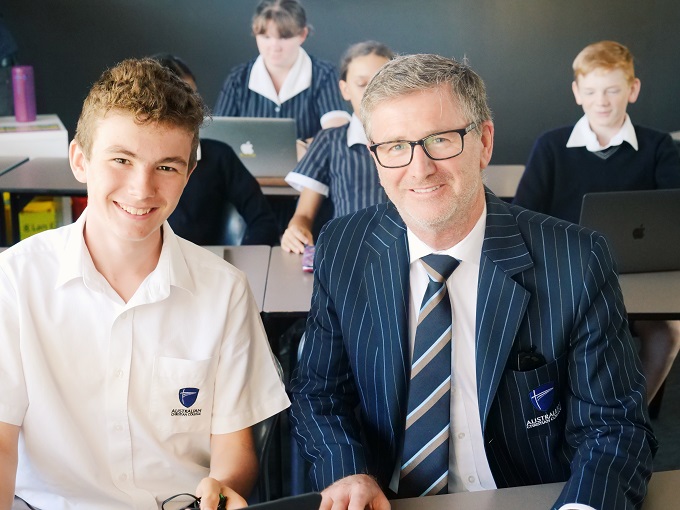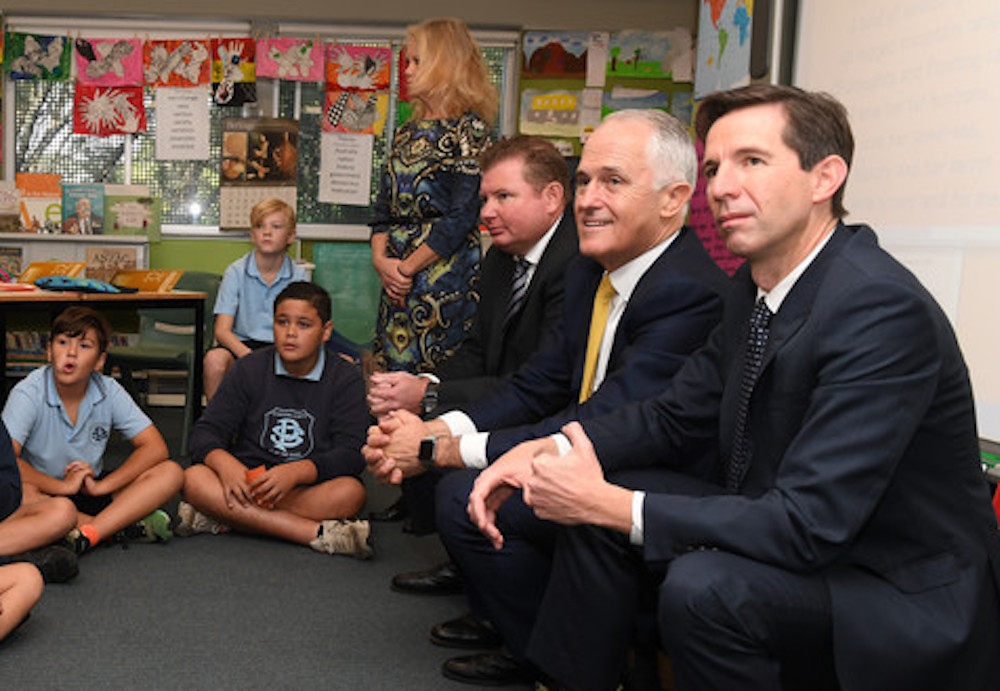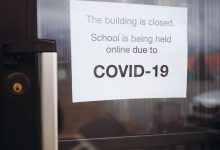I shadowed a student for a day

The idea of participating in the Shadow a Student Challenge was raised at an opportune time.
This op-ed was originally featured in our Term 2 issue of School News magazine. Read the full issue online now.
Our school has been adapting to new management structures, implementing new technology to support learning, and incorporating new strategies in our teaching, including the identification of intentional learning outcomes in lessons in our secondary school. We have also been intentional in understanding the experiencing of our disengaged students.
Australian Christian College is a Kindergarten to Year 12 school, which is committed to transforming young people spiritually, academically and emotionally. We are always looking for ways to enhance a child’s learning and improve their experience of school. As a school that provides not only on campus education but also online distance education, we aim to engage students who are well known, well loved and well taught.
With its four scaffolding steps (prepare, shadow, reflect and act) the Shadow a Student Challenge gifted us with an opportunity for an innovative and informative process that could provide a supportive journey in which we could genuinely empathise with students, put some of our new practices to the test, and see what was working well from the perspective of our students as equally as from that of the teachers.
During the preparation phase of the challenge, the executive team created learning goals describing what we wanted to achieve from the experience and considered which student group and which individual student would embrace the experience and provide the right insights. My key goals were to increase my knowledge of how the school day flowed for students and what in that helped or hindered their engagement in learning, and to gain a better understanding of the students’ experience of learning in the classroom.
After numerous discussions with students, teachers and families it was decided that I would shadow Year 8 student Will Patrick. On Monday, March 4, I put on the school uniform and set off to meet Will, bright and early at his bus stop. I soon faced the practical realities of student life…
Having missed the first bus, I wait until the second one arrives. Now a little stressed about being out of schedule I realise I have forgotten my ‘bus pass’ and have to negotiate with the driver (who’s not a little suspicious). Throughout the day, I follow Will to each of his classes including Mandarin, maths, science and music, and join him and his friends for recess and lunch. It was a pleasant surprise to find how quickly the other students feel comfortable with me being in their classes and how happy they are to think of their school Principal as ‘one of the pack’.
Reflecting on the challenge, I came away with a number of insights: some quite practical and others more conceptual.
One very functional insight the experience provided was the ease, or lack of it, of getting to and from lockers. While I had observed this at a distance, standing with Will waiting to get books in a congested locker area and the delay it meant for moving around the campus and to class emphasised it as something that really needs to be addressed. The issue of having limited shade was also highlighted when it was lunchtime, the hottest part of the day. I also learned how tiring a school day is for students; meeting the relational, physical and cognitive demands of the day was something I found quite draining and I was noticeably weary at the end of the day, even before I started any homework.
More abstractly, through the experience I saw first hand the quality of the work the teachers had done in the roll-out of our new LMS, a major project for the staff. I was also able to observe the depth and the quality of the relationships between teachers and students in a way that would not have been possible were I in the class at the back of the room as an ‘official’ observer with a clipboard.
A key conceptual take away I learned from the day was the importance for students of clear and explicit communication by teachers about expectations. Clearly communicated expectations about standards of behaviour; clearly communicated expectations of what we were to actually do in a learning activity; and also clearly communicated expectations about what we were to learn from that activity. This insight has reinforced the work we have been engaged in as a teaching community in our shared professional learning around ‘scaffolding’ and about explicit ‘learning intentions’ and ‘evidence of learning’ statements.
I also learnt about some others things I hope we can improve for students. I was struck by how much of a student’s day is determined by the choices of others; the timetable, the teacher, the group. It felt that you seldom had control of what you did or where you were. On top of this, I found that the pace at which work was covered was largely set by those around me, which sometimes meant I was being rushed to finish or was waiting to move on to the next.
As a result, I am planning to work with our teaching team on ways we can build into our model of education more students choice, increased differentiation, and greater flexibility even in regular lessons while preserving the necessary constraints and boundaries students’ need and resources allow.
This experience has provided me, and in many ways the whole teaching team, with an opportunity to be immersed in the students’ experience and to look at scenarios in ways we would have otherwise never noticed. Not only was it a great experience to take a step back and observe the school in motion, it also allowed me to celebrate my teachers and build on my relationships with them and the students.
It is something our school will continue to do and I wholeheartedly recommend other educators take part in a shadow a student experience.







